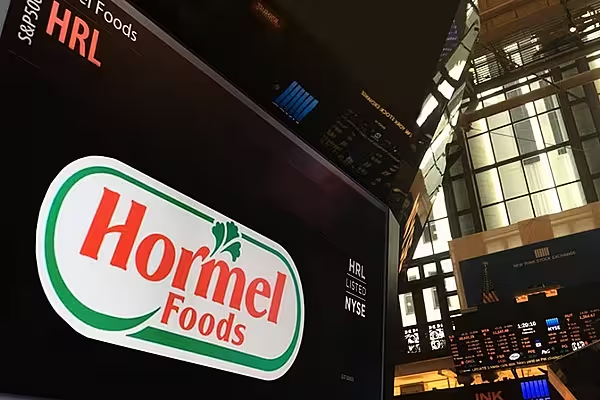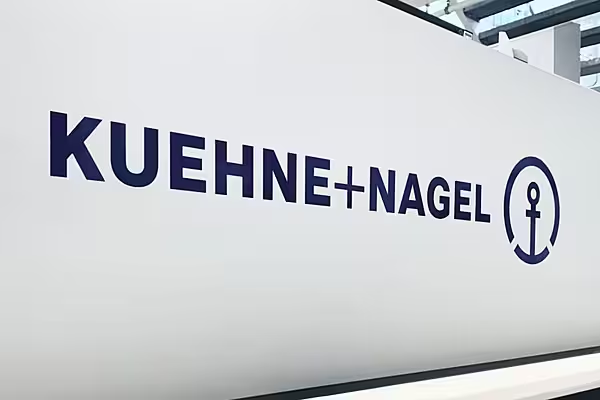Oil rose above $46 a barrel in after-market trading in New York as Turkish army officers said they seized power in the country and tanks blocked roads in Istanbul.
Crude extended gains on the news of a coup attempt under way after a volatile session where the market weighed a force majeure declared by Exxon Mobil Corp. on crude shipments out of Nigeria against excess US oil and product inventories.
Turkish President Recep Tayyip Erdogan said he was still in charge and urged the public to take to the streets and public squares in resistance. At least 10 crude tankers signal Turkish ports at the time of the attempted coup, according to data compiled by Bloomberg.
“We have bullish news. We have bearish news. It’s a moody market,” Phil Flynn, senior market analyst at Price Futures Group in Chicago, said by telephone earlier. “The big bear case is we have this flood of product and it’s going to take some time to overwork that.”
West Texas Intermediate crude for August delivery traded as high as $46.33 a barrel as of 4:45 p.m. on the New York Mercantile Exchange on Friday after ending the session at $45.95. Total volume traded was about 9 per cent below the 100-day average.
Brent for September settlement reached $48.25 a barrel, after settling at $47.61 a barrel on the London-based ICE Futures Europe exchange.
Transit Point
Turkey has been a major transit point for oil, with growing volumes of Caspian crude being sent to Black Sea ports via the Turkish straits of Bosporus and Dardanelles. Caspian oil and crude from northern Iraq also cross Turkey by pipeline, through the Ceyhan terminal on Turkey’s Mediterranean coast.
Crude oil flow to Ceyhan hadn’t been disrupted after the attempted coup, according to a Turkish Energy Ministry official who asked not to be identified in line with government policy. Shipping traffic on the Bosphorus strait is typically shut at night, the official said
Force majeure - a legal clause that allows Exxon to stop shipments without breaching contracts - was declared on Qua Iboe crude after “a system anomaly observed during a routine check of its loading facility,” the company said in an e-mailed statement Friday.
For a QuickTake explainer on why Nigeria wells are being blown up again, click here
Qua Iboe is the third Nigerian crude grade to be declared under force majeure currently, joining a force majeure declared on Brass River in May and Forcados in February, according to information from companies compiled by Bloomberg.
China processed a record amount of crude on a daily basis in the first half of 2016 as plants boosted operations after getting import licenses. The country’s domestic oil production dropped 4.6 per cent to 101.59 million metric tons in the period, the lowest for that period since 2012, according to data from the National Bureau of Statistics on Friday.
The world’s second-biggest economy’s gross domestic product rose 6.7 per cent in the second quarter from a year earlier, compared with 6.6 per cent seen by economists Bloomberg surveyed.
$40 Oil
Oil has traded between about $44 and $51 a barrel since early May and has climbed from a 12-year low in February amid a string of supply disruptions including attacks in Nigeria. While there’s still a consensus that the worst of the oil glut is over, the International Energy Agency cautioned this week that “the road ahead is far from smooth” amid seasonal weakness in demand and the return of some halted supply.
Analysts including BNP Paribas SA and JBC Energy GmbH warned prices may sink toward $40, due in part to seasonal demand weakness. Crude fundamentals are weaker than many realise, according to Julius Walker, senior consultant at JBC Energy in Vienna.
“Inventories are still high, both for crude and products. Refining margins have been weak and there have been some reports of run cuts in the U.S. and Asia,” Michael Wittner, the New York-based head of oil-market research at Societe Generale SA, said by telephone. “It’s not a bullish market. It’s a market that deserves caution.”
Supply Glut
U.S. crude production rose for the first time since early June last week and fuel stockpiles climbed, according to an Energy Information Administration report released on Wednesday.
Inventories are brimming after two years of surplus production and demand for gasoline - the key driver of prices in summer - is proving to be disappointing. Stockpiles of the fuel rose by 1.21 million barrels last week and refiners reduced operating rates by 0.2 percentage points to 92.3 per cent of capacity, according to the EIA report.
Drilling activity in the U.S. rose for a third straight week through Friday with companies adding six oil rigs, leading to a total of 357, according to data from Baker Hughes Inc.
“We haven’t sorted out our excess supply problems,” Tchilinguirian said. “Unless you see visible reductions in inventories and more pronounced declines in U.S. shale production, the market will have to go back to $40.”
Oil-market news:
U.S. oil explorers are yet to fully reap all the rewards of horizontal drilling techniques that helped trigger the shale boom, research firm IHS Markit Energy said. A large number of new ships entering the market combined with a deepening contango has made floating storage relatively attractive for some companies, JBC Energy said in research note.
News by Bloomberg, edited by ESM. To subscribe to ESM: The European Supermarket Magazine, click here.














